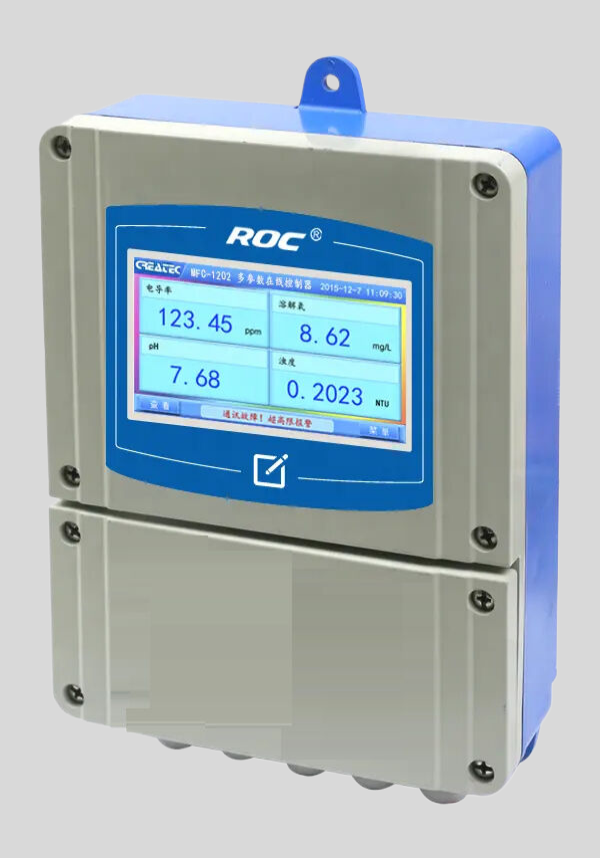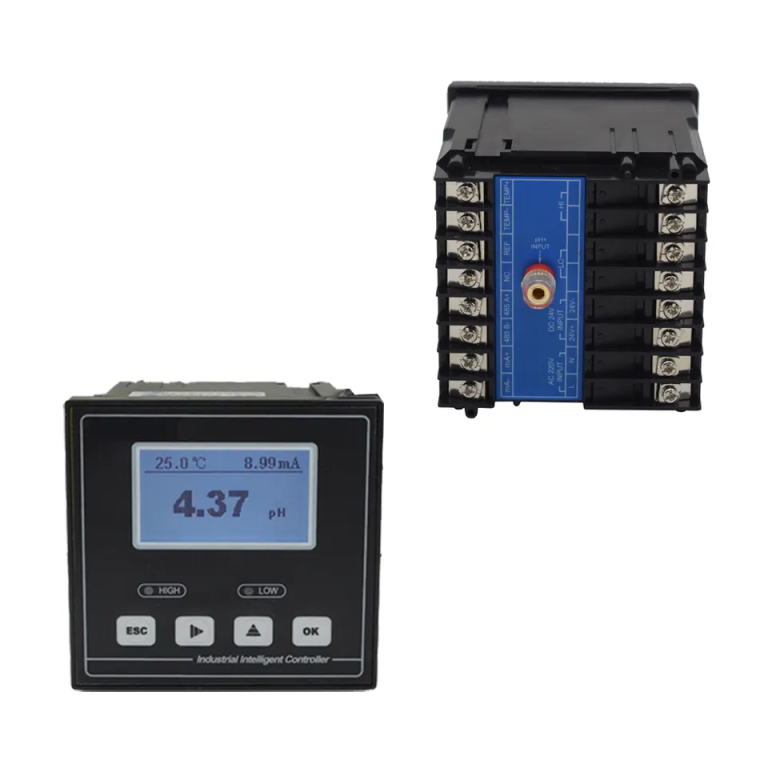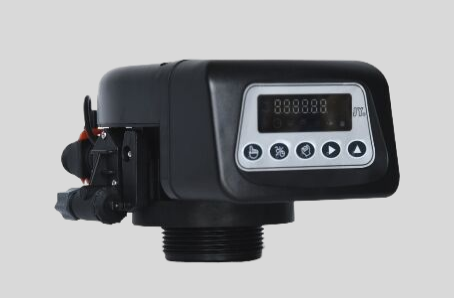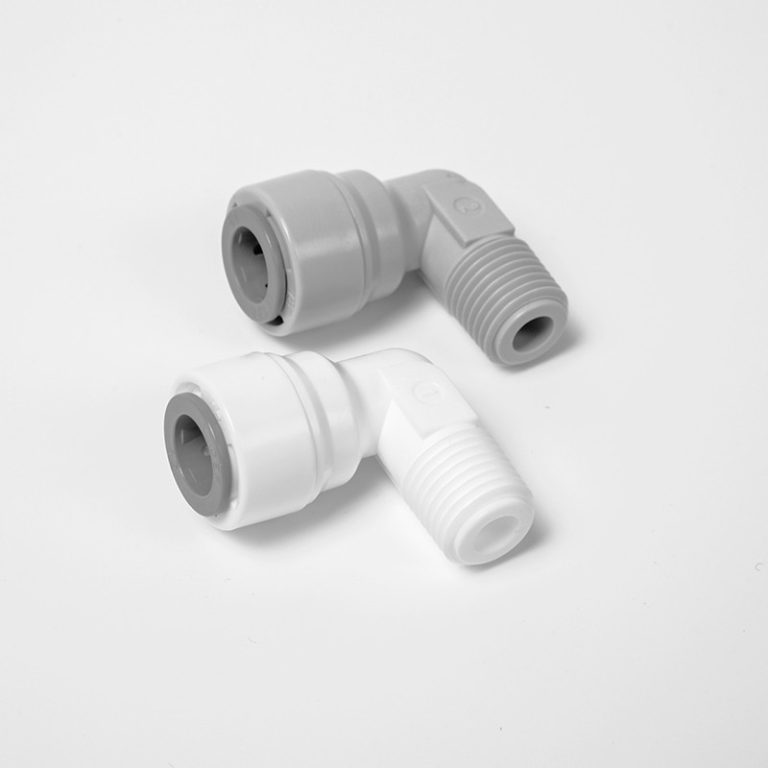“Filtering water: Removing impurities for a cleaner, healthier drink.”
The Process of Water Filtration: How Does It Work?
Water is an essential resource for all living organisms, and ensuring that it is clean and safe for consumption is crucial for maintaining public health. One of the most common methods used to purify water is filtration. But how exactly does water filtration work?
Water filtration is a process that removes impurities and contaminants from water by passing it through a physical barrier or chemical treatment. The goal of filtration is to produce clean, safe drinking water that is free from harmful substances such as bacteria, viruses, and chemicals.
There are several different types of water filtration systems, each with its own unique method of removing impurities. One of the most common types of water filtration is mechanical filtration, which uses a physical barrier to trap particles and contaminants in the water. This can be done using materials such as sand, gravel, or ceramic filters, which allow water to pass through while trapping larger particles.
Another common method of water filtration is chemical filtration, which uses chemicals such as chlorine or iodine to kill bacteria and other microorganisms in the water. These chemicals are added to the water and allowed to react with the contaminants, making them harmless and safe for consumption.
| Model | Central tube | Drain | Brine tank connector | Base | Power supply parameters | Maximum power | Pressure parameters | Operating temperature |
| 3900 | 3.5″(3″) O.D. | 2″NPTF | 1″NPTM | 6″-8UN | 24v,110v,220v-50Hz,60Hz | 171W | 2.1MPa | 1℃-43℃ |
| 0.14-0.84MPa |
In addition to mechanical and chemical filtration, there are also biological filtration systems that use living organisms such as bacteria or algae to remove impurities from water. These organisms feed on contaminants in the water, breaking them down and removing them from the water supply.
Regardless of the type of filtration system used, the basic process of water filtration remains the same. Water is passed through a series of filters or treatment methods that remove impurities and contaminants, leaving behind clean, safe drinking water.
One of the key components of any water filtration system is the filter media, which is the material that traps impurities in the water. Different types of filter media are used depending on the specific contaminants that need to be removed. For example, activated carbon filters are commonly used to remove chemicals and odors from water, while ceramic filters are effective at removing bacteria and other microorganisms.
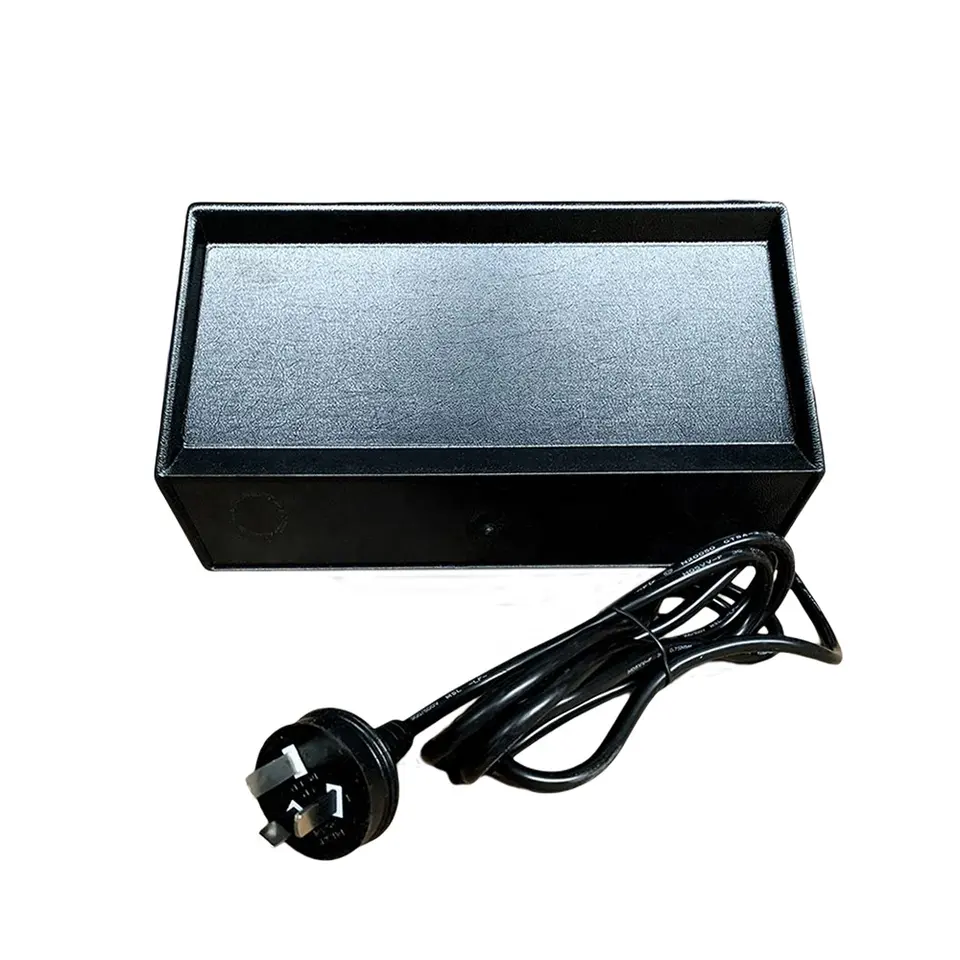
In addition to the filter media, water filtration systems also include components such as pumps, pipes, and valves that help to move water through the filtration process. These components work together to ensure that water is properly treated and purified before it is distributed for consumption.
Overall, water filtration is a complex process that involves multiple steps and components working together to remove impurities and contaminants from water. By understanding how water filtration works, we can better appreciate the importance of clean, safe drinking water for our health and well-being. Whether it is mechanical, chemical, or biological filtration, the ultimate goal remains the same: to provide clean, safe drinking water for all.

